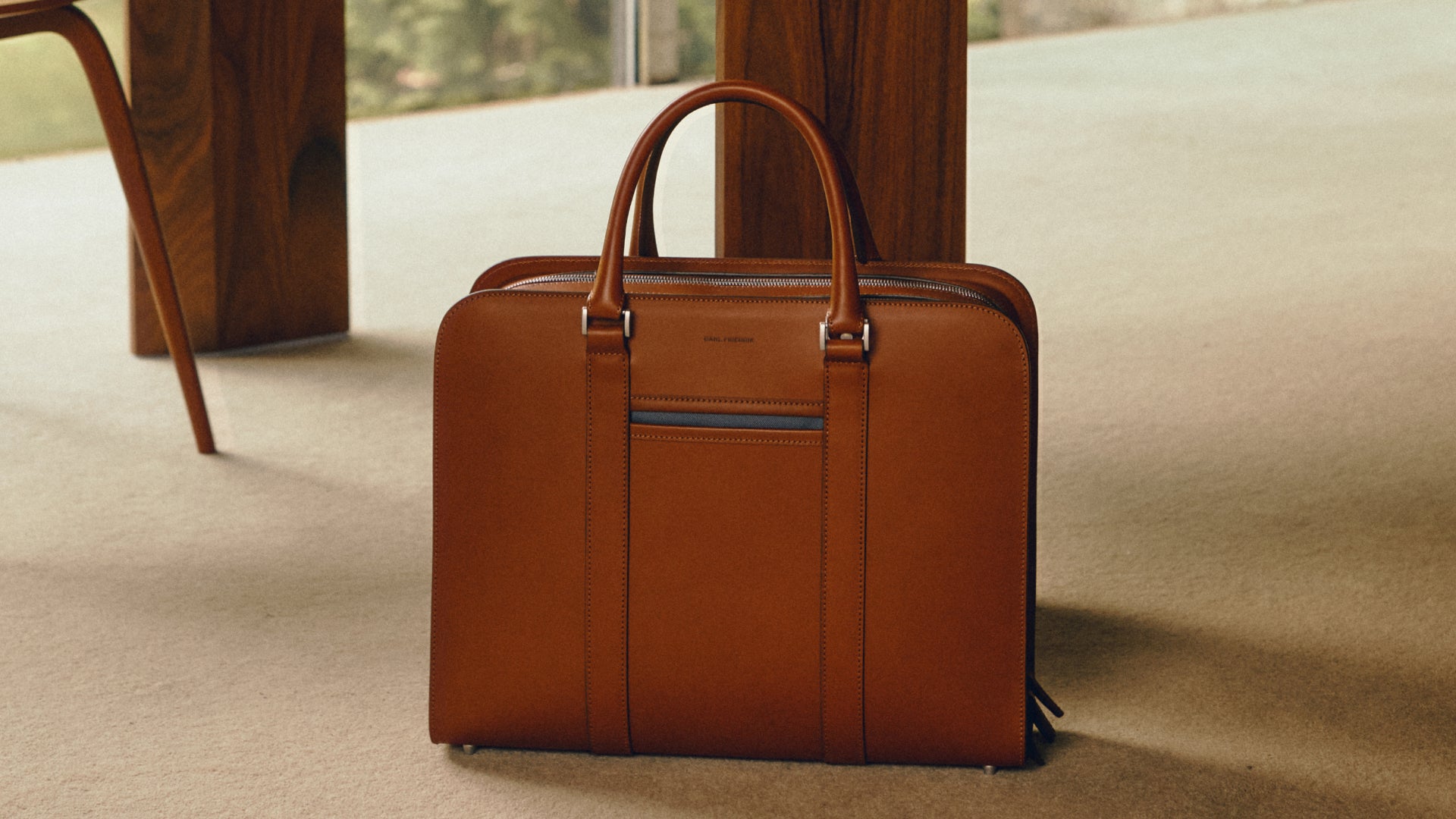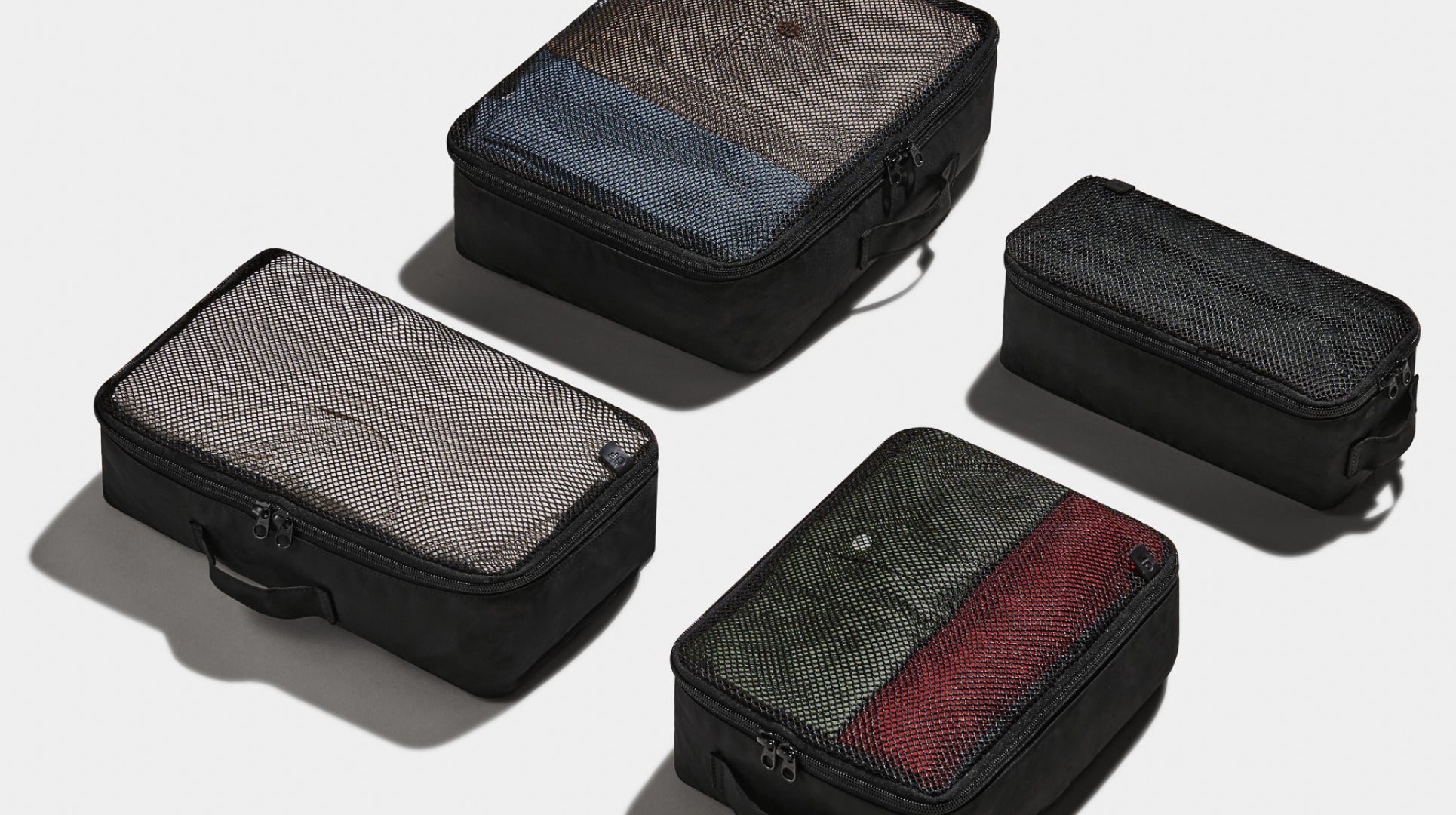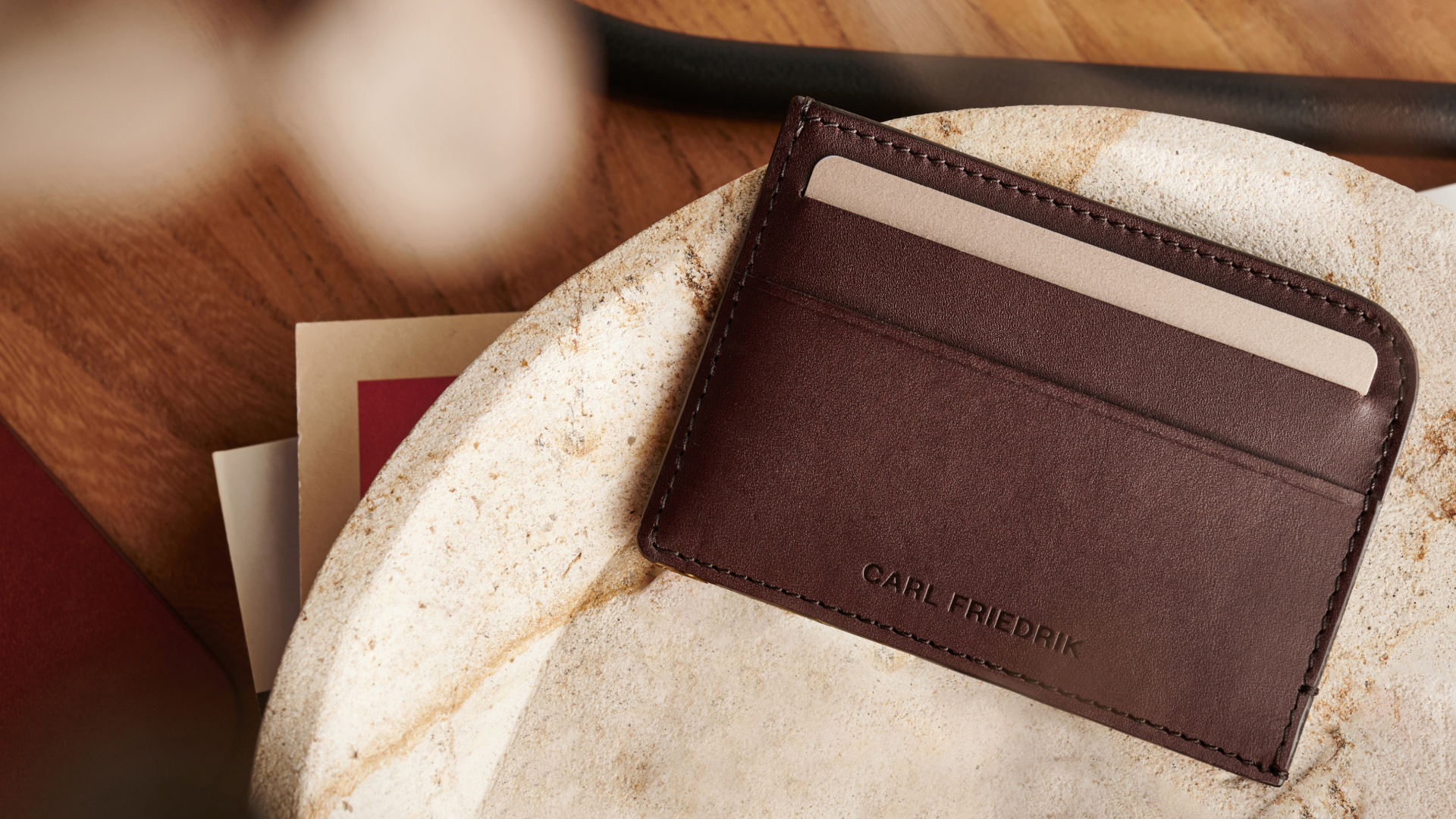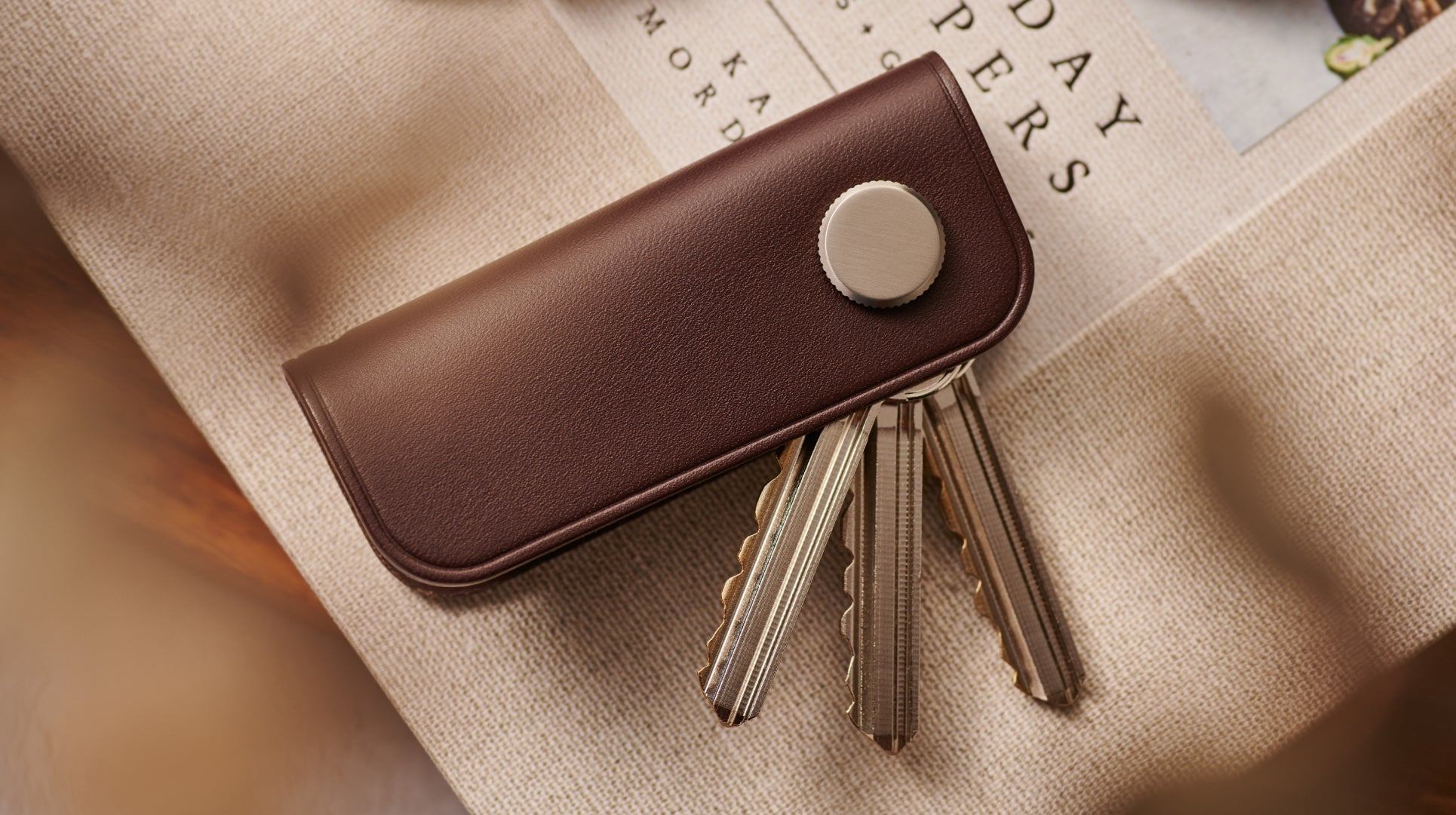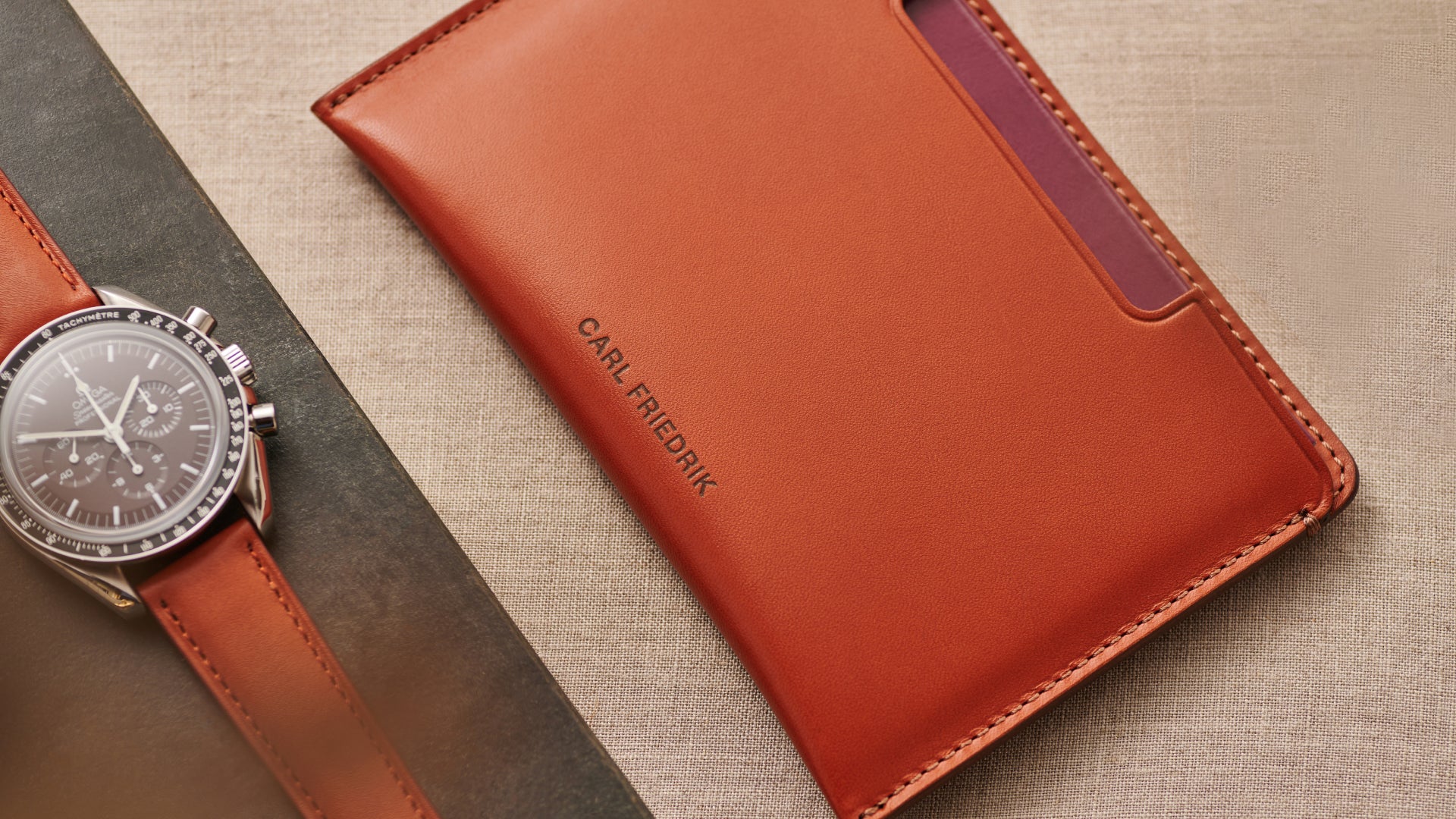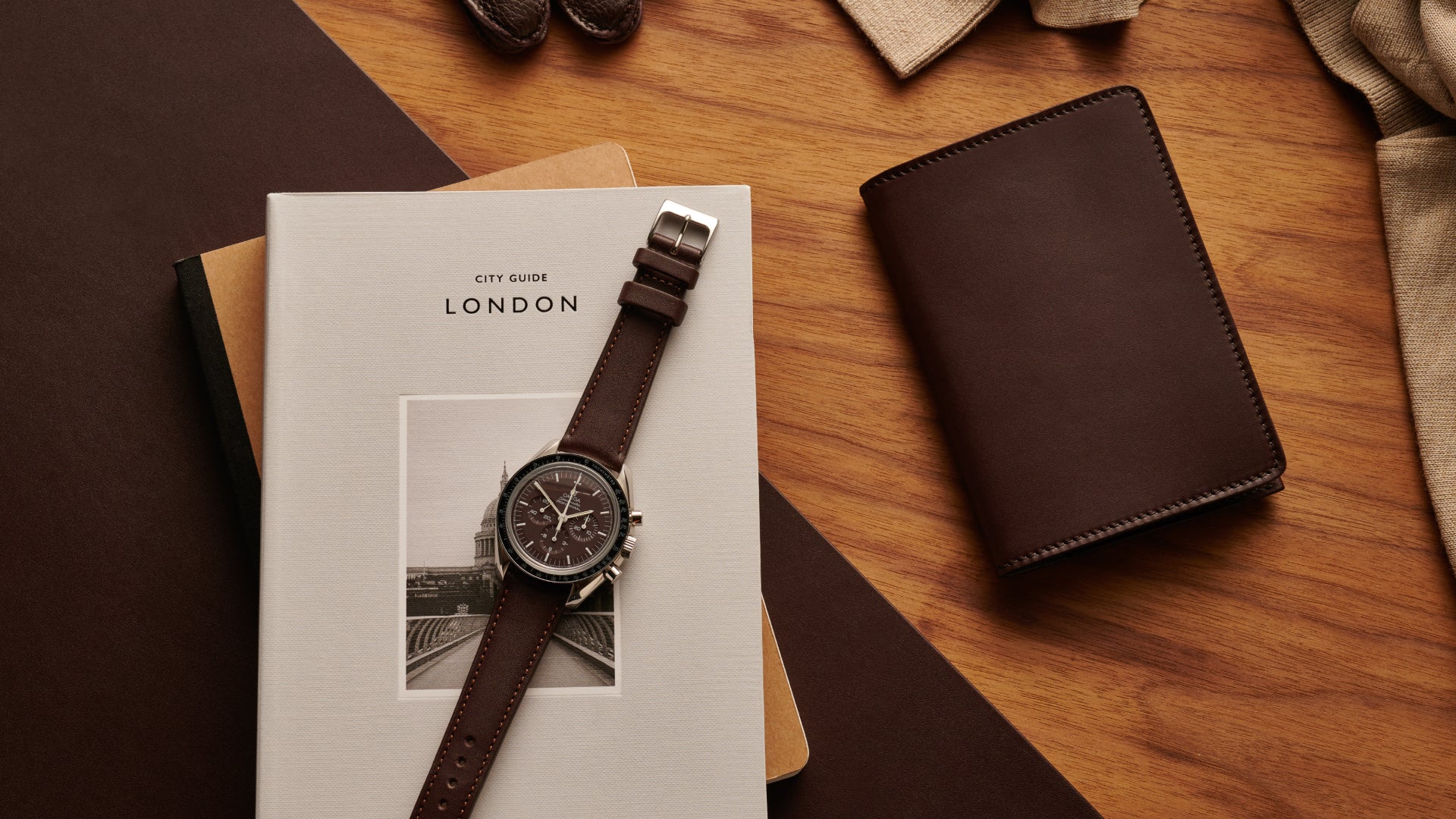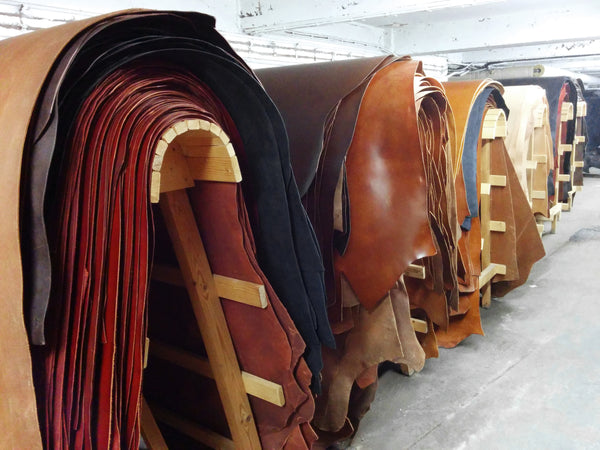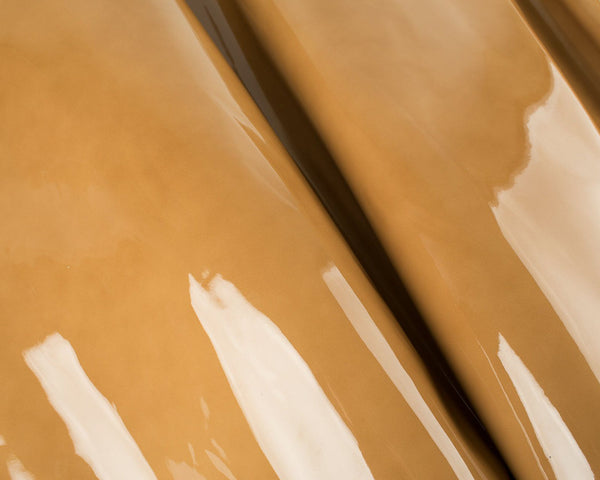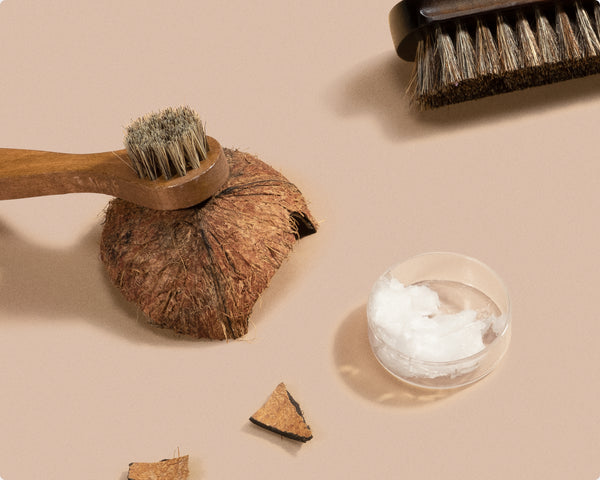While environmentalists and animal-rights groups have long been championing vegan leather as an ethical alternative to animal leather, it seems the rest of the world is only just now paying attention.
In recent years, high-street staples like H&M, American Apparel and Topshop have thrust the material into the mainstream by releasing a succession of eco-leather fashion collections; Adidas even dropped a vegan leather Stan Smith in 2018.
A recent study predicts the vegan leather market will be worth $89.6 billion by 2025 (Infinium Global Research).
To keep you updated with developments, we’ve created a helpful guide to vegan leather. Zoning in on the material’s pros, cons and uses, as well as its complex position in the world of sustainable fashion. First we’ll start with a central question: what is vegan leather?
What is vegan leather made out of?
While there is no universally accepted definition, any material that mimics the look and feel of leather but is not produced using animal hides, can be considered vegan leather. Instead, a wide array of synthetic materials and natural fibres are used.
The vast majority of vegan leather is produced from polyvinyl chloride (PVC) and polyurethane (PU). Each is a type of petroleum-based plastic — meaning it can take thousands of years for PU and PVC leather to biodegrade.
First manufactured in the 1920s, PVC is the earliest form of imitation leather. It’s made by combining polyvinyl chloride with a selection of chemicals that give the plastic its leather-like appearance and texture. Cheap, readily available and with desirable physical properties, PVC has been a staple part of the consumer goods market for nearly a century. Yet the material has been criticised because the chemical additives used in the production process are harmful to humans and the environment.
Social-environmental concerns surrounding PVC has allowed other vegan leather alternatives to gain momentum, and the obvious winner is PU. Industry experts consider it a more eco-friendly substitute, and there are continual strides being made in the pursuit of greener production methods. PU leather offers greater flexibility and breathability, making it an ideal choice for the fashion industry. It has clearly improved a lot as a material, but there are better options still.
Vegan leather can also be produced from a plethora of organic and sustainable materials. Technological advances mean you can now source natural vegan leather that is partially made from cactus plants in Mexico or agave leaves in Sri Lanka; and buy mushroom-based vegan leather bags and luxury vegan leather shoes that are, in part, constructed from discarded pineapple leaves.
Characteristics of vegan leather
Not all animal leather is created equal. From full-grain varieties to mass-produced genuine leather, each type has a unique set of characteristics. And this variety somewhat extends to vegan leather. For example, a vegan leather jacket crafted from a synthetic material will have different physical properties to one made out of apples.
While qualities certainly vary, there are a few traits that are typical of vegan leather. Start with smell. Part of the allure of quality animal leather lies in its rich and earthy aroma: a product of the tanning process. In contrast, synthetic leather has a plastic-like smell (owing to the chemicals employed during manufacturing) or no scent at all.
So is vegan leather durable? By the lofty standards of high-quality animal leather: no. Expect a shelf life of between 2-5 years for consumer goods. As vegan leather is normally thinner, it’s more prone to general wear and tear, as well as discolouration. That said, developments in vegan leather are being made all the time, so longevity should diminish as an area of concern in the future.
As quality animal leather ages over time it begins to absorb moisture and oils from its environment, causing it to take on a richer complexion. Patina, as the phenomenon is known, is revered by leather aficionados; for some it is the ultimate indicator of quality. Far from porous, synthetic leather is actually water-resistant, meaning it is unable to develop a patina (although water resistance is certainly a welcome perk).
Vegan leather certainly boasts desirable properties, as well. It’s easy to work with, thin and stretchy — an ideal material for creating anything from upholstery to clothes. Water and stain resistance are two more beneficial traits for manufacturers and consumers alike. Pleather can also be treated with different finishing treatments and dyes that alter the texture and colour of the material, ensuring an unrivalled degree of versatility.
Table comparing vegan leather vs real leather
| Vegan Leather | Real Leather | |
|
Durability |
Everyday vegan leather products are prone to deterioration, tears and discolouring. They last between 2-5 years |
Premium leather is extremely long-lasting (up to a lifetime) |
|
Price |
Common PU or PVC vegan leather is generally inexpensive |
Lower grades are affordable and higher grades are expensive |
|
Physical |
Waterproof, thin, stain-resistant, heat-resistant |
Flexible, permeable, varying thickness |
|
Patina |
No patina development |
Premium leather develops a patina as it ages |
|
Overall |
Low-mid |
Low-high |
Uses of vegan leather
Vegan leather is an adaptable material that is employed to create a diverse range of goods. This includes everything from sports gear like baseball gloves and American footballs, to watch straps and book bindings. Upholstery is another key segment given the material’s often thin and stretchy texture. Tesla recently joined other luxury car giants like Ferrari and BMW in announcing optional vegan leather seating.
But the most prominent vegan leather brands exist in the fashion industry. Over a third of shoes produced by the French ethical sneaker brand, Veja, exclusively use vegan leather. While in the luxury end of the market, leading female designer, Stella McCartney, has championed the look and eco-friendly nature of vegan leather through her pleather-only collections. The budding fashionista can even buy vegan leather designer bags from Bottega Veneta and Dolce & Gabbana. Overall, the non-leather handbag market has grown by $46 billion from 2012-2021, driven largely by the rise of vegan leather (Statista).
The eco-friendly leather?
Consumers are increasingly concerned about the social, moral and environmental impacts of their personal consumption. Within the world of fashion, in particular, vegan leather has gained a reputation as a sustainable alternative to animal leather. Yet the reality is more nuanced than this.
It’s certainly a topic that’s too large to cover in this blog post alone, but we’re going to look now in some detail at the relative eco-credentials of both vegan and real leather.
Sustainability of vegan and real leather
Raw materials
As previously mentioned in this article, the vast majority of vegan leather is made from two plastic polymers (PU and PVC). While real leather is produced from animal hides, which are regarded as by-products of the cattle industry.
Industrial animal farming contributes up to 15% of global greenhouse gas emissions and there is an ongoing debate about how much the demand for cowhides contributes to this phenomenon. A recent EU Directive concluded that less than 1% of this should be attributed to the leather industry, given the low monetary value of the hide relative to other parts of a cow, like its flesh.
Without tanneries using ‘discarded’ animal hides, they would be deemed valueless and also sent to landfills, exacerbating what is already a poignant issue. We must also factor in the additional cost and environmental impact of using an alternative material if the leather by-product were not available.
It goes without saying, however, that if using non-animal products is important to you, real leather clearly can’t compete with vegan leather.
Production
The production of both vegan leather and chrome-tanned animal leather requires considerable amounts of energy. This adds to each material’s carbon footprint because fossil fuels are required and CO2 is subsequently released into the atmosphere.
There are other negative factors. Chrome tanning — the dominant method of leather production responsible for 90% of output worldwide — involves using highly toxic chemicals with carcinogenic properties. In underdeveloped countries, dangerous chemical by-products such as sulphides and lime sludge infiltrate local rivers, killing marine life and animals, and also place workers at risk (The Guardian). The same can be said of toxins like phthalates that are leveraged to manufacture vegan leather.
Another method of animal tanning — vegetable-tanning — shuns man-made chemicals in favour of organic, natural substances, but does require a lot more water.
Lifespan and end-of-life
Last is the question of longevity. Real leather has a far superior shelf life to vegan leather, which to a certain degree makes it a more sustainable option, encouraging consumers to buy less frequently and less wastefully.
But while vegetable-tanned leather will naturally biodegrade, chrome-tanned leather products will spend hundreds of years in landfill sites.
This is also true of vegan leather, but perhaps the most pressing environmental issue associated with this type of material is microplastics. These are small fragments of plastic that naturally break off from synthetic products as they wear down.
Microplastics find their way into oceans and are ingested by aquatic creatures, damaging precious ecosystems. Exposure to microplastics can also affect humans: harming organs, causing inflammation and leaching chemicals.
How to clean vegan leather
One of the benefits of vegan leather is that it is very easy to clean. Unlike with animal leather, there are no pores to soak up unwanted stains and water. Instead, most types of vegan leather are stain and water-resistant.
Should your vegan leather item start looking worn and dirty, start by rubbing it with a soft, non-abrasive cloth to remove dust and surface dirt. Next, lightly wet a fresh cloth under warm water and apply it to the leather, cleaning it in small circular motions. Should the product have a textured surface, you can use a toothbrush to access hard to reach areas. Follow up by drying the product with a microfibre cloth. You can then apply a protective treatment, which will act as a temporary shield to dirt.
Is vegan leather right for me?
This is a complex question and the answer will ultimately depend on a host of (often contradictory) ethical and environmental considerations. You might, for example, look into purchasing a vegan leather backpack to show support for the Cruelty Free movement. But should the item be manufactured from a synthetic plastic, there’s also the question of microplastics and the knock-on effects on marine and human life.
As such, it’s always best to do your research on leather-based consumer goods. Understanding production processes will help you to make an informed decision. This kind of research extends to real leather, where we would encourage you to consider a brand’s tannery, their preferred tanning method (e.g. natural vegetable tanning vs synthetic chemical-based chrome tanning) and the grade of leather before you opt to buy.
